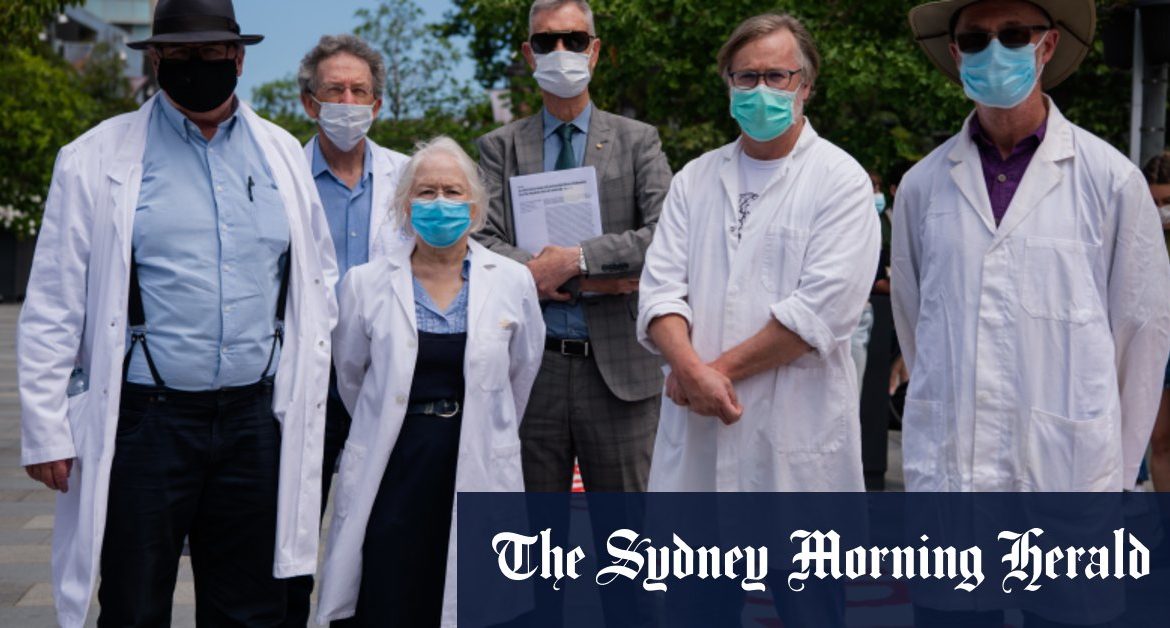Students and some academic staff protested against the cuts on Wednesday, chanting that “a pandemic’s not the time” for slashing jobs in the medical sciences.
Loading
However, a University of Sydney spokeswoman said the changes had been planned for over a year and had been made in consultation with staff.
“They will allow us to focus on new teaching areas in medical science critical for the future health workforce, including digital health, bio-informatics and infectious disease,” she said.
“In discipline areas we’ve looked at the number of staff needed to teach the various courses and where there are mismatches, we are adjusting as needed. We also discovered that some teaching was being duplicated across various schools.”
The university will make redundant nine of 29 full-time equivalent positions in physiology, according to a memo sent to staff last week. Pathology numbers will be reduced by more than half: from 11.7 to 4.7 full-time equivalent positions. Staff who receive funding from grants will not be affected.
Professor Rebecca Mason, a former head of physiology who has worked in the discipline for 33 years, said the proposed figures had underestimated staff hours and misrepresented their available teaching time.
“Most people are fairly stretched,” she said. “If you take away [almost] half of the staff, the rest are going to be even more stretched… We’ve already had evidence of staff burnout. [People] are acutely anxious.”
She said cutting numbers would increase workloads, rush teaching and remove time for research and curriculum development. It was also “appalling” for students who would lose specialised supervisors while in the middle of projects.
“We won’t have enough staff to give students a good experience and that’s a tragedy,” she said.
“You need a period of time where you can supervise students, think and plan your research. People are going to spend all of their non-teaching time preparing for teaching, because it’s going to be spread over so few people.”
Loading
Professor Mason said colleagues had been researching treatments for degenerative diseases like Parkinsons, embryo development, maintaining vitamin D levels in winter, muscular dystrophy and COVID-19 transmission.
“That’s going to be put at great risk if you get rid of half a discipline,” she said.
The university does not expect its research to be negatively impacted, its spokeswoman said. “Our research themes are aligned to health issues that face Australian communities, as well as the priorities for various bodies that fund our research,” she said.
“A much larger number of academic staff are funded on research grants that are out of scope for this change… We have over 200 academic staff in the School of Medical Sciences; less than 10 percent of total academic staff within the school are proposed for redundancy.”
Emeritus Professor John Hearn, a former deputy vice-chancellor of Sydney University and an international university executive from the physiology discipline, said the university had led a “disgraceful destruction of a famous school”.
The final change plan is expected next week.
Catch all the day’s breaking news
At the end of each day, we’ll send you the most important breaking news headlines, evening entertainment ideas and a long read to enjoy. Sign up here.
Natassia is the education reporter for The Sydney Morning Herald.
Most Viewed in National
Loading







